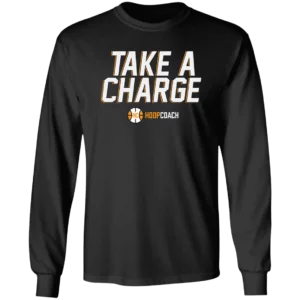With the recent success of the Golden State Warriors the appeal of Small Ball is here to stay at all levels of play. After all, who doesn’t appreciate how the Warriors spread the floor, move the ball and put incredible pressure on the defense to cover the floor from sideline to sideline as well as considerably past the arc?
Dissenters would be quick to point out that other than the Warriors, who has the equivalent of NBA MVP, Steph Curry, and Klay Thompson, who scored 37 points in a QUARTER this season-let alone Harrison Barnes at the #3 and Draymond Green at the Stretch #4? And the dissenters would be right.
While one can’t expect any lineup at any level to relatively match the talent, skill set, shooting range and accuracy of this lineup, the Warriors’ spacing principles alone provide an example for teams at all levels.
When I look back at my own coaching career, every season that I played personnel too big, we underachieved and every season that I resisted the urge to play “Big”, we achieved or over-achieved. The temptation is very real and it’s easy to be reeled in.
With the Warriors’ current success and my own personal retrospect in mind, let’s review the rationale of small ball:
1) It’s very difficult to find low post players today who can “finish” or even find players who are interested/motivated to be coached to play in the low post.
2) It’s easier to find a seam to penetrate off the bounce if there aren’t one or two “bigs” clogging the lane.
3) Away from the ball, basket cuts from the weak side and backdoors from the strong side are more threatening.
4) BECAUSE the basket is being threatened by drives, cuts and backdoors by players who can finish, there will be more opportunities for open catch and shoot trey attempts.
5) If your opponent isn’t also playing “small”, they will have one or two defenders out of position chasing your smaller players on the perimeter. This far outweighs the disadvantage of your smalls guarding opponent’s bigs, who can’t play inside anyway.
6) Full court and half court pressure are a perfect fit for small ball. Playing from behind is easier.
7) Team depth and subsequent team morale can improve because more “smalls” are in the hunt for PT.
8) Small ball often leads to a quicker tempo, which motivates most players.
9) If playing small is fun, practicing small is fun. Practices can be sharper.
10) Small Ball fits into the current trends of dribble-drive and screen-roll/pop offenses.


